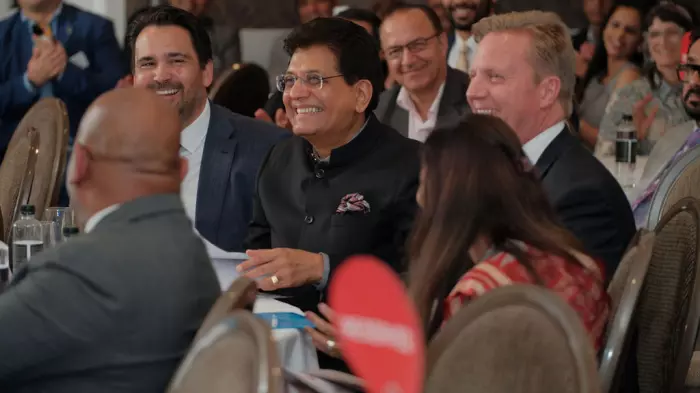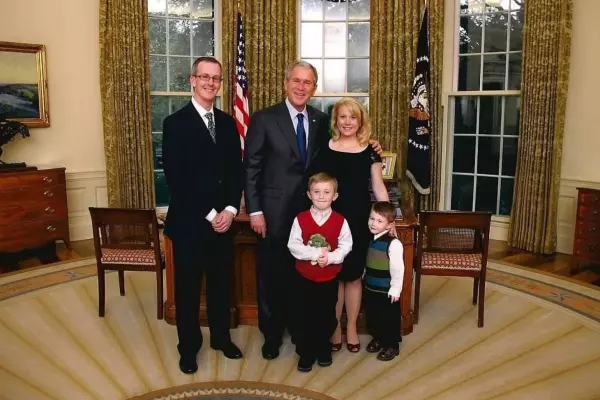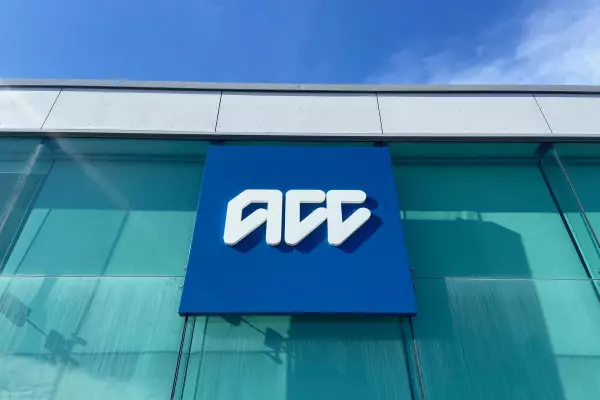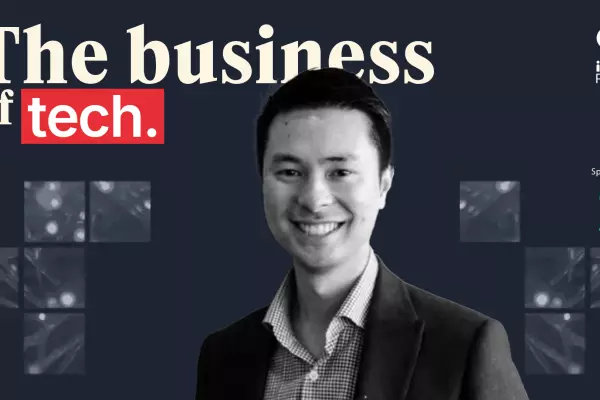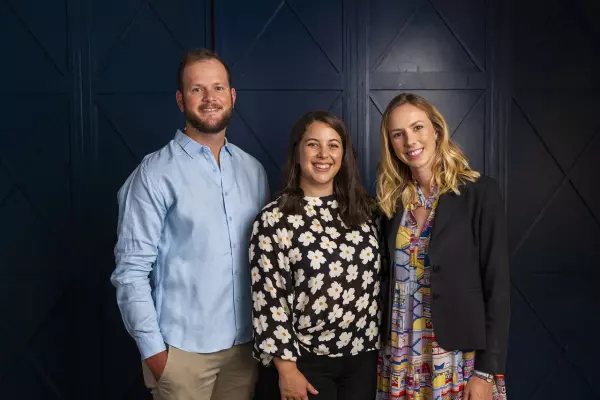TradeWindow chief executive AJ Smith says one of the biggest challenges for global trade is the standardisation of digital trade systems, not understanding the technology itself.
Following the digital trade platform's oversubscribed $6.4 million capital raise, Smith told BusinessDesk obstacles to the adoption of digital trading worldwide remain.
“The technology has matured but the big barriers to these digital trades were never the technology, it has been legal harmonisation, government adoption, and the ability to break down the siloes between the four trade pillars,” said Smith.
The four trade siloes of governments, commerce, logistics and the finance world “are still pretty much legacy based,” according to Smith.
“That’s our biggest challenge, getting these four pillars of trade all integrated and connected.”
He said covid has accelerated the use of TradeWindow’s technology, and confirmed the company has grown 50 percent this year.
“Pre-covid it was a much bigger challenge to get discussion around digital transformation to happen. Post-covid this has accelerated a lot of governments really focussing on trade strategies and trade recovery strategies in their own governments and across agencies.
“Across business, this has also accelerated. Covid has shown us that the current process is just not working and that all the bottlenecks and errors are way past their sell-by date.”
The pace of adoption of TradeWindow’s technology by enterprise and governments proves trust in fully digitised trade service is growing, according to chief technology officer Brendan McEnroe.
“Rather than describing it as a technology solution, organisations are describing the value that’s being brought by the technology, rather than just the technology itself,” he said.
Trust or bust
The executives see trust as the key to world trade tearing itself away from legacy systems. TradeWindow’s distributed ledger technology – DLT – is part of this. DLT records trade transactions in multiple places in real-time, with assured verification as information exchange is communicated faster than traditional methods.
“Trade is really dependent on trust,” said Smith.
“DLT brings that trust to the whole trade environment and that’s one of its key benefits. Trust is the real takeaway from these new technologies, and you can solve some of the trade complexities at cross-border because there’s a lot of distrust, errors, and inefficiencies.”
He added that companies’ biggest concern is trusting trade partners and the supply chain implicitly, and these concerns are solved by having blockchain part of the technology stack. Blockchain trades can cut processing time from days to less than 24 hours as shown by Fonterra’s blockchain trade with a Chinese partner in November.
Potential pain points for exporters aligning with Chinese customs is not seen as a major issue by Smith.
“There’s a lot of human interpretation when dealing with China, but I would say China is one of the leaders in digitisation and digital adoption.”
He highlighted pilot programmes TradeWindow has run in China, Singapore, Taiwan, and Hong Kong, saying the countries are showing ageing commercial barriers to trade can be broken down with the early adoption of digital systems.
No one left behind
TradeWindow claimed a world first in its customs-to-customs clearance between New Zealand and Taiwan with a horticulture exporter's pre-clearance confirmed reusing the export data as the import data, as opposed to processing two transactions.
“Legacy systems are probably our biggest challenge at this stage, it can’t be just cut off and switched over. Data transformation and the interim phase that we need to deal with as we run it parallel, while we do the big transfer to full digital trades,” said Smith.
Key parts of DLT are digital twin and tokenisation, technologies assuring exact copies of digital records and data security, respectively.
McEnroe said TradeWindow is “bringing all end customers, the ones that are on paper, transitioning to PDFs, to data exchange on the journey and we don’t exclude any. That’s the challenge and that’s why we’re going down the process of digital twins and tokenisation.”










